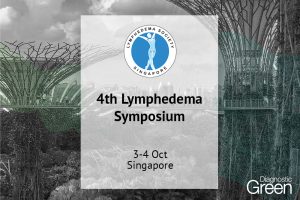
A published case report of optic disc drusen (ODD) associated with peripapillary polypoidal choroidal vasculopathy (PCV). A 62-year-old Malay lady presented with both eye ODD and the left eye associated with peripapillary subretinal hemorrhage. Ultrasound B-scan and red-free photography confirmed the optic nerve head drusen findings bilaterally. Optical coherence tomography (OCT) of the left eye showed sharply elevated peripapillary pigment epithelial detachment with subretinal fluid. The presence of peripapillary polyps with branching vascular network in indocyanine green angiography of the left eye further confirmed the diagnosis of PCV and excluded choroidal neovascularization (CNV) secondary to ODD. Subsequently, the patient was treated with a combination of verteporfin photodynamic therapy with three monthly intravitreal ranibizumab injections. Three months after the combined treatment, OCT showed completely resolved subretinal fluid. ODD can cause compression of the subretinal vessels at the optic disc that results in retinal ischemia and release of vascular endothelial growth factor, which may trigger the development of CNV or PCV. The rarity of this combination makes it interesting to study more cases of ODD with PCV. Importantly, a thorough evaluation in distinguishing the PCV from the CNV that mimics it is crucial for early detection and prompt intervention.
In this case, indocyanine green angiography (ICGA) is the diagnostic method to differentiate the PCV from CNV secondary to ODD.




